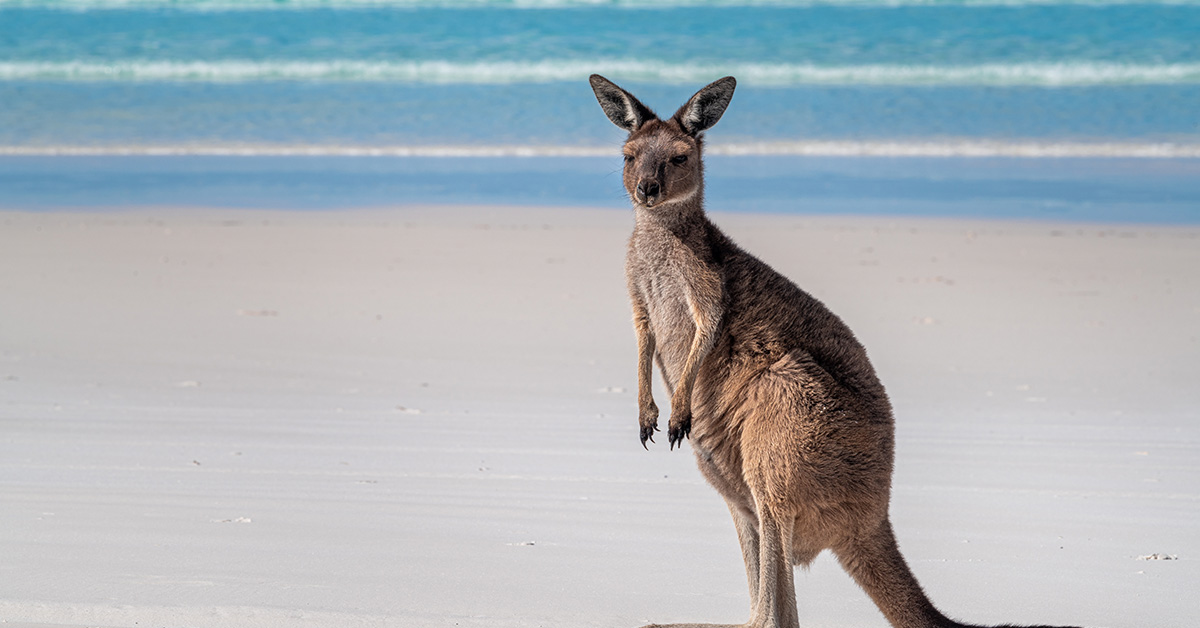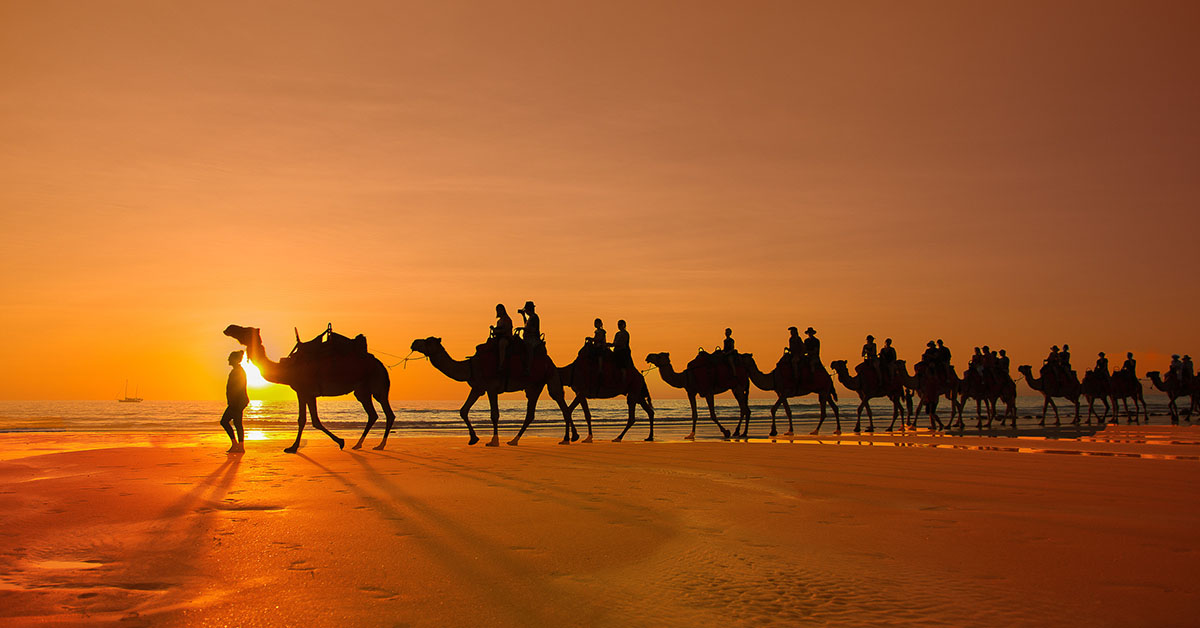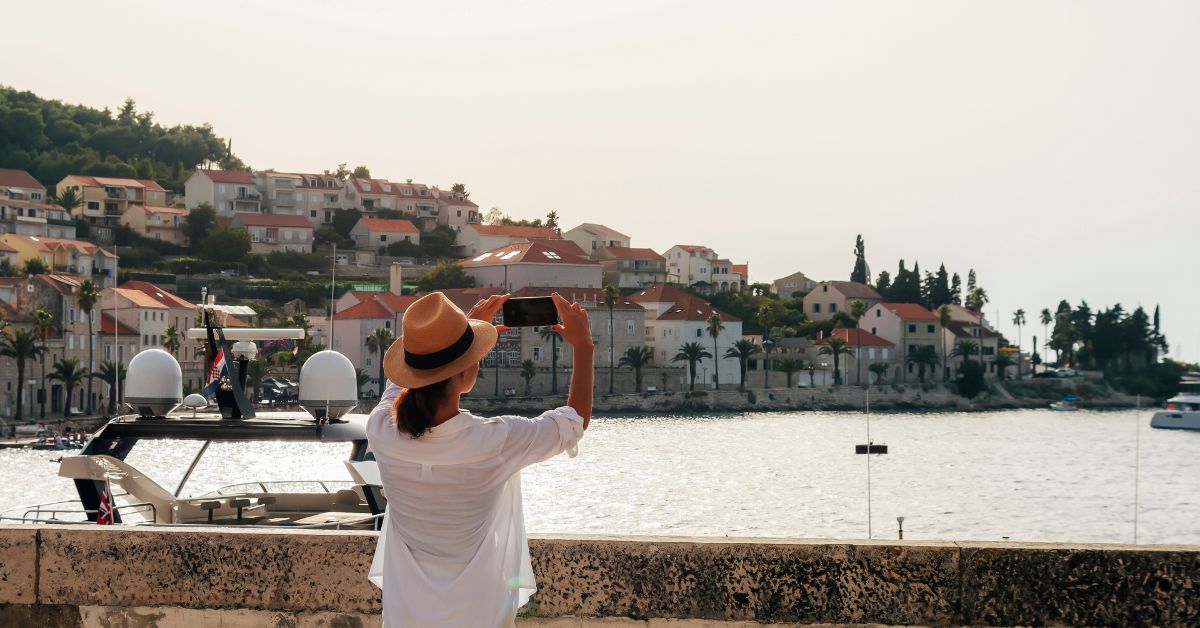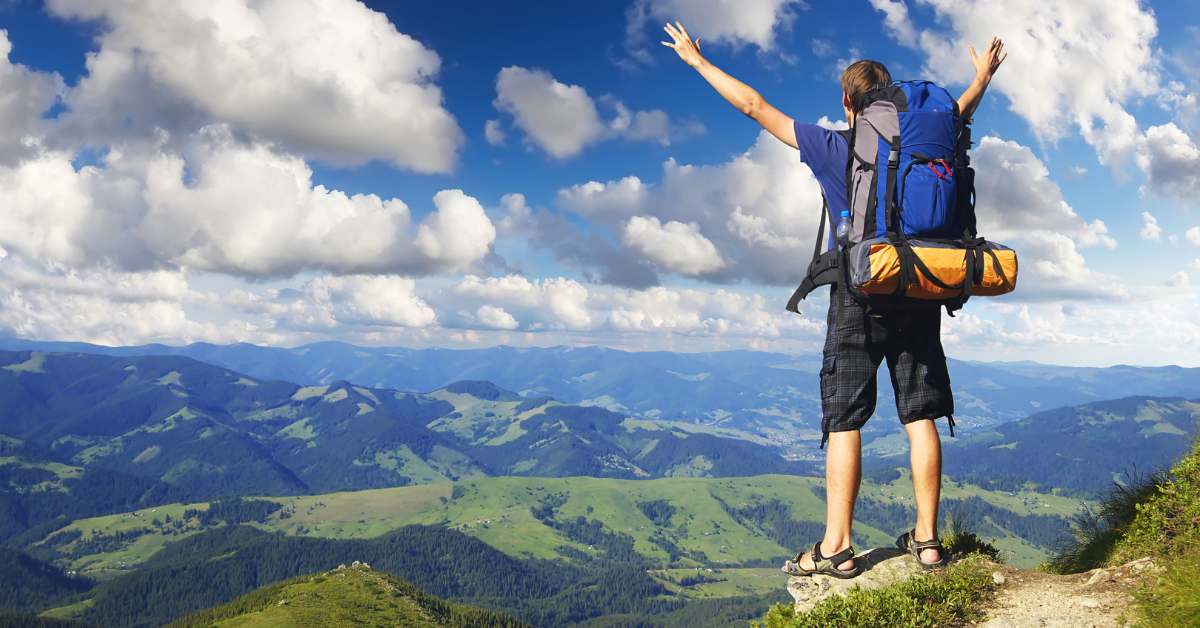Are You Ready For What’s Coming?
Alright, let’s cut through the noise, shall we? You know, the kind of noise where everyone throws around buzzwords like they’re going out of style, but no one actually gets down to the brass tacks of what’s really happening in the tourism and hospitality industry. Because let’s be honest, this industry? It’s a rollercoaster. One minute you’re mastering the latest TikTok trend, the next you’re wrestling with a global supply chain meltdown. I’ve been in the trenches, from the pre-social media stone age (yes, that’s how old I am!) to the current AI-driven battlefield, and believe me, the fundamentals always win, even when the game is constantly changing. But here’s the thing, the game is changing, and it’s doing so in a big way. Let’s dive into the trends you absolutely need to have on your radar as we barrel toward 2025.
So, what’s on the horizon? I’ve been neck-deep in research – reports, white papers, even a master’s thesis (because that’s how we roll at Scott Aussie). And what I’ve discovered is that 2025 is not just “more of the same”. There’s a real paradigm shift occurring. It’s a convergence of technology, sustainability, and an almost obsessive focus on the hyper-personalised guest experience. Think of it as a perfect storm – but instead of hitting the panic button, we need a damn solid plan. Let’s unpack this, shall we?
Trend #1: Technology Isn’t Just a Tool, It’s the Engine
Look, we all know tech is changing everything; that’s hardly headline news anymore. But the tourism and hospitality industry is on the cusp of a true digital renaissance, one that goes way beyond just online bookings. We’re talking AI, AR, VR, big data analytics – the whole alphabet soup of tech innovation. And I know, it can feel like information overload, so let’s get down to the specifics of how this actually impacts your business.
What’s the research saying? It’s loud and clear: technologies like VR, AI, and robotics are going to “radically reshape” the restaurant industry. And that’s not even scratching the surface. We’re going to see AI-powered chatbots (that actually understand what your customers are saying), predictive analytics anticipating customer needs even before they know them, and mixed reality experiences that literally transport your customers to another place. Think about a virtual reality tour of your hotel room before a customer even books. Is that not amazing?
Why does this matter to you? Because this isn’t some sci-fi fantasy; it’s happening right now. Consider, for example, the implications of AI on marketing. We’ve moved beyond canned chatbot responses; AI is now being integrated at virtually every point in the customer journey. Imagine hyper-personalised recommendations based on past guest behaviour, dynamic pricing that maximises occupancy, and predictive maintenance for your property’s assets to keep everything in tip-top shape.
So, what do you do? You start by embracing the unknown. Dive headfirst into the tech, explore your options, and get comfortable with being a little uncomfortable. Do you need that AI-powered chatbot to streamline your customer service? Maybe an AR app to showcase the unique elements of your destination? What about a data analytics platform to make your marketing spend smarter? The key is to experiment. Fail fast, learn faster, but for god’s sake – start somewhere.
Trend #2: Hyper-Personalisation: It’s the New Normal, Not a Gimmick
This isn’t about just remembering a guest’s name as they walk in the door; it’s about anticipating their every need and preference before they even utter a word. This is hyper-personalisation, and it’s quickly becoming the new minimum expectation, and those who don’t adapt will quickly find themselves out of the running. Remember when I said everything in a conversation up to that point becomes the next part of the prompt? Well, we need to think of the customer journey in the same light; it’s not individual interactions, it’s an on-going conversation.
The research isn’t ambiguous: advanced data analytics and AI will usher in an age of “hyper-personalisation, anticipating guest needs even before they articulate them.” We’re talking about rooms that intuitively adjust to a guest’s preferred temperature and lighting, pre-arrival customisations like preferred pillows or snacks – these aren’t just nice-to-haves anymore, they’re fast becoming the bare minimum. It’s all about leveraging the data you’re already sitting on to deliver truly individualised experiences.
What does this mean for you? It means you need to start actively collecting, and ethically using, every piece of customer data you can get your hands on. You need robust systems in place to understand those preferences and streamlined processes to deliver on them. And, I can hear the collective groans already: “That sounds like a lot of work, Andy!” And yeah, it is work, but it’s the kind of work that builds die-hard customer loyalty, drives repeat business and ultimately, pumps up your revenue. Think of it as an investment, rather than a cost.
Start by auditing your current customer touchpoints. Where are you getting information about your guests? Do you need a new CRM system to get a holistic, 360-degree view of their needs and preferences? How can you take that data and turn it into action? Maybe a targeted loyalty program? The goal here is to take the complexity and operationalise it into an easy to follow system. Start now, or risk getting left behind.
Trend #3: Sustainability: Beyond the Greenwash
Forget the token green marketing campaigns; we’re now talking about a fundamental shift toward genuinely sustainable practices in the tourism and hospitality sectors. Consumers, and rightly so, are demanding more eco-conscious options from the businesses they’re choosing to support, and by 2025 this won’t be a nice-to-have; this will be the bare minimum. No one wants to visit a stunning location, only to find it’s been ruined by the very people visiting it. That’s why, for me, sustainability isn’t just a trend, it’s an imperative.
And let’s be clear, this isn’t just about ditching single-use plastics; that’s table stakes. We’re talking about complete waste reduction, integrating locally-sourced and seasonal ingredients, and incorporating biophilic design principles to enhance guest experience while also promoting environmental health. There’s a rise in urban and vertical farming; a game-changer for cutting down on shipping distances and reducing waste. This matters because there is an enormous amount of waste generated by the tourism and hospitality industry, and we all need to do our part to fix it.
So where do you start? Begin by conducting a thorough assessment of your current practices and zero in on the areas where you can drastically reduce waste, minimise your carbon footprint, and source ethically and responsibly. You can’t manage what you don’t measure, so start there. Do you need to re-evaluate your supply chain? What eco-certifications can you obtain to demonstrate your authentic commitment to sustainability? Can you partner with local communities to build a more symbiotic relationship for mutual benefit? Start small, get the basics right, and then you can scale from there. You might be astonished at how cost-effective many of these solutions actually are. Remember, every little bit helps, and all of your decisions will compound over time.
Trend #4: The Rise of Experiential Travel and Dining
People aren’t just looking for a place to sleep or a meal to eat; they’re craving those truly authentic, immersive, ‘I’ll remember this for the rest of my life’ experiences. They want to get their hands dirty, engage with the local culture, learn new things, and craft memorable moments. This isn’t transactional; this is experiential travel, and it’s reshaping the very core of the industry.
Think multi-sensory experiences, like “listening bars” where music, food, and drink combine to create a totally unique night out. Or think about highly collaborative experiences where the locals work directly with tourism and hospitality businesses to create a highly memorable and personalised experience. The objective? To connect with your customers on a much deeper level, giving them a story to tell, and, most importantly, a powerful reason to come back again and again.
So, how do you deliver these memorable experiences? You need to start by truly understanding your target audience and their core motivations. What are their passions? What kind of memories are they looking to create? And what can you do to provide that to them? Think of offering cooking classes with local chefs, art workshops with local artisans, or curated tours that dive deeper into the hidden stories of your destination. The key is collaboration, both within your organisation, but also in partnership with your local community. And don’t forget the importance of your “About Us” page – it’s often the first point of connection and you need to ensure that it accurately reflects your brand’s unique personality – you can check out our post on Crafting a Killer “About Us” Page for some further advice.
Trend #5: The Power of Foresight: Planning for the Curveballs
I’m a firm believer that you can’t accurately predict the future, but you can be damn well prepared for it. I want to zero in on one concept that, for me, is the lynchpin to everything – strategic foresight, which, simply put, is “the ability to look ahead and make decisions and plans within the context of the future”.
Historically, businesses in our industry have reacted to disruptions; we’ve all navigated each “new normal” as it’s arisen. But the idea of strategic foresight helps us to build a more sustainable and profitable future by being prepared to manage risks and adapt to emerging trends. It’s about having a contingency plan, and it’s an essential skill for any tourism and hospitality professional to develop. And this is vital not just for mitigating the risks, but also for proactively identifying the opportunities in front of us. For more information about how to practically implement this, you might find our post “Breaking the Growth Barrier” useful.
What does that look like for you? It means cultivating a growth mindset; constantly educating yourself on the latest industry trends, and always keeping an eye on the horizon for emerging developments. You need to consistently make time to invest in your business and actively pursue any opportunities that will help you to move your business forwards. There are a lot of great opportunities in front of us, and a little bit of planning can get us in the right place to take them.
The Road Ahead
We’re at a genuine tipping point in our industry, and how we respond to the trends I’ve laid out will directly impact our bottom lines in the coming years. The future of tourism and hospitality is undeniably exciting, innovative, and yes, perhaps a tad overwhelming. But if you take the right approach, grounded in the fundamentals and a willingness to embrace change, we can all thrive. It all boils down to this: do you want to react to the shifting tides, or do you want to be the one creating them?
Are you ready to elevate your marketing game and build a more sustainable business for 2025 and beyond? Then it’s time to have a frank conversation with Scott Aussie Tourism Marketing. We’re not just a marketing agency; we’re strategists, partners, and champions for your success. We’re acutely aware of the challenges and opportunities ahead, and we know how to get you where you need to be.
Also, I want to take a moment to say, that this is the last blog post we’ll be publishing for 2024. We wish all of our readers, clients and partners a very Merry Christmas and a safe and prosperous New Year. We’ll be back in early January, refreshed and ready to tackle the year ahead.
If you are looking to get 2025 off to a great start, get in touch with our team, and let’s start crafting the future of your business today!










